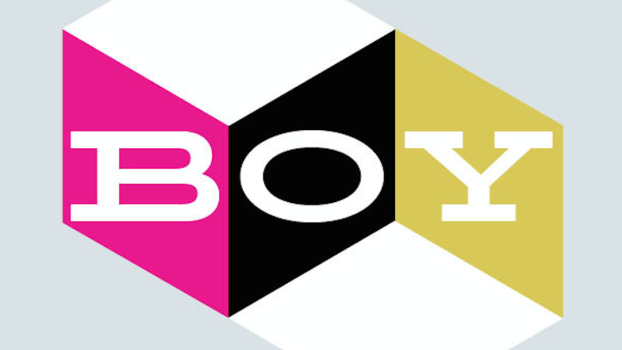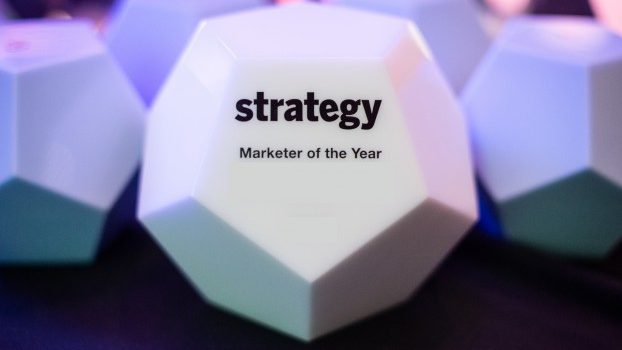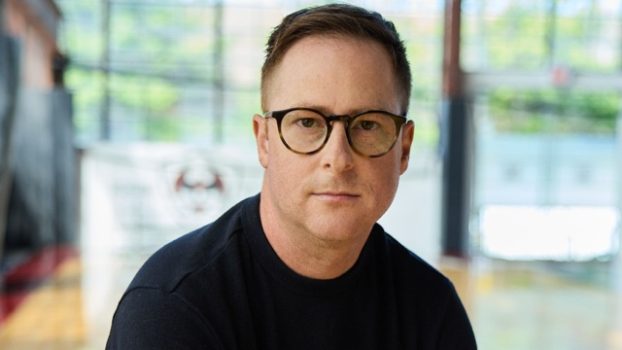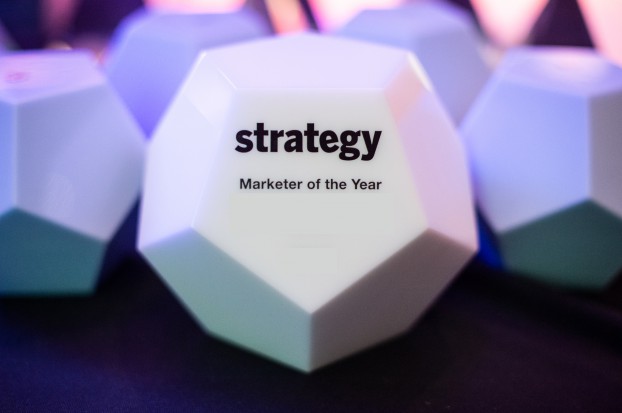Pictured: A couple embraces in a 2018 Wealthsimple ad. As part of its D&I commitments, the Toronto fintech has pledged to increase the diversity of its actors and content contributors.
In the wake of George Floyd’s death last May, Wealthsimple became one of many Canadian companies to commit to improving diversity and inclusion in the workplace. But while many organizations have yet to report publicly on those efforts, Wealthsimple last week shared a second update on its progress based in part on the results of an employee survey, and it appears the Toronto fintech is moving in the right direction.
In a voluntary employee survey conducted in the fall, 90% of respondents told Wealthsimple they believe the company is making progress on diversity. And close to the same percentage, 85%, said they believe it’s making progress toward inclusion.
What’s more, 84% of all employees participated in the voluntary survey, an improvement over the 75% who responded to a similar survey in April. This alone indicates the company is making some progress on building a culture of inclusion, according to Wealthsimple, because a lack of participation can be a sign of workplace inequity. For example, in the April survey, only five respondents identified as Black. “[This] means we have very few Black team members,” Wealthsimple wrote, “but it also means that some of our Black team members didn’t feel comfortable completing our survey. That’s in part because, in a workplace that lacks diversity, this survey functionally ceases to be anonymous.”
Recent company data helps explain where positive employee sentiment may be coming from. While employees who self-identify as women continue to be underrepresented, they now account for 23% of the workforce (up from 18% on Aug. 31). Moreover, 39% of new full-time employees in engineering, data science and portfolio management – areas in which women are typically underrepresented – identify as women.
The brand’s January update follows an August progress report. It doesn’t include data on the number of employees overall who self-identify as BIPOC. However, it notes 40% of Wealthsimple’s nine-person executive team identifies as BIPOC and 40% as women, both up slightly from 37% a year ago. Among the members of its 12-person board of directors, BIPOC representation has grown from 25% to 40%, and women representation has grown from 20% to 25%, since early 2020.
“Everything is trending in the right direction, including our own employee base feeling that we’re deeply investing in both inclusion and diversity,” says Marina Harris, the company’s chief people officer. “Where we know we have some deeper work to do even still is specifically increasing [representation] below our executive team and board of directors, in that middle range of leadership.”
The company’s commitments have also been felt within the brand and marketing department. In June, it pledged to audit its creative partners to ensure it can work with more diverse voices on its content and advertising. The company did not provide specifics when it revealed the results of the audit in August, but said it showed “we needed a far more diverse group of voices to reflect the community we live in and the organization we want to be.”
To that end, it committed to having 20% of the writers and illustrators for its magazine be artists who identify as BIPOC, a proportion it plans to increase over time. It also pledged to having 15% of the “crew making our ad campaigns” be BIPOC, and to casting actors for its commercials that are “representative of the diverse community of clients we serve.”
The benchmarks were set by the brand and marketing team, which is working independently of HR but has representation on Wealthsimple’s diversity and inclusion committee, which is leading the overall effort, says Harris. Rather than have all initiatives be led by HR, she says the goal was to have each team “think through what difference they can make.”
The January update indicates the company has at least partially lived up to its promises. During the second half of 2020, for example, 20% of the stories it published in its magazine were written by BIPOC writers and 34% of its illustrations were created by BIPOC artists.
Wealthsimple’s progress on D&I follows on its June commitment to revisit nearly every aspect of its business, including its hiring policies, employee training programs, creative partnerships and the frequency of its employee surveys.
For example, since June, it has shifted away from a referral-based approach to hiring to ensure more diverse talent are considered. “A lot of it is our recruiting team working more directly with managers when they have their intake meetings to talk about what backgrounds are missing, that aren’t represented within their teams and being intentional about building a top of funnel that’s much more diverse from the onset,” says Harris. It has also leveraged tools, such as Lever recruiting software, through which candidates can self-volunteer aspects of their identity.
In addition, Wealthsimple has worked with diversity and inclusion consultant Annemarie Shrouder, implemented anti-racism training courses (offered to all employees and compulsory for leadership and managers), introduced implicit bias training for team members who interact with clients (such as portfolio managers) and invested in its employees resource groups.
This year, Harris says the focus will be to increase diversity across all levels of leadership and “deepen our education across the whole company.”
























